Demonstrates cloud-based large language models (LLMs) generative AI, comparing OpenAI ChatGPT against Anthropic Claude.
Large Language Model Comparison
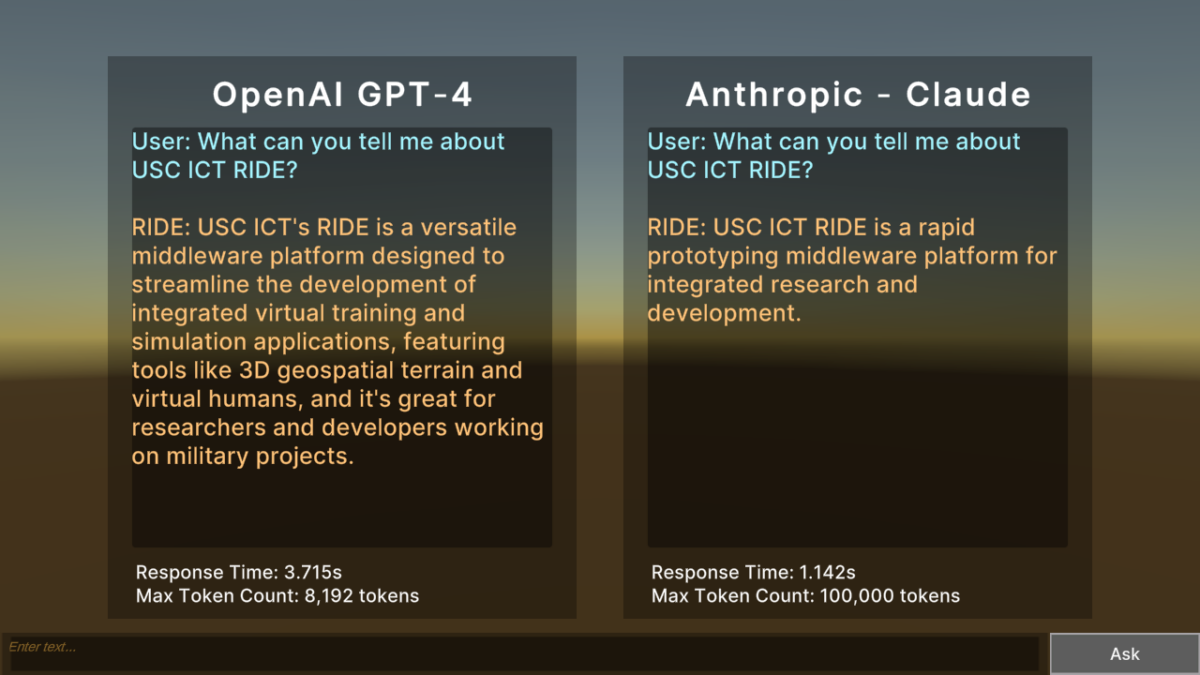

Demonstrates cloud-based large language models (LLMs) generative AI, comparing OpenAI ChatGPT against Anthropic Claude.
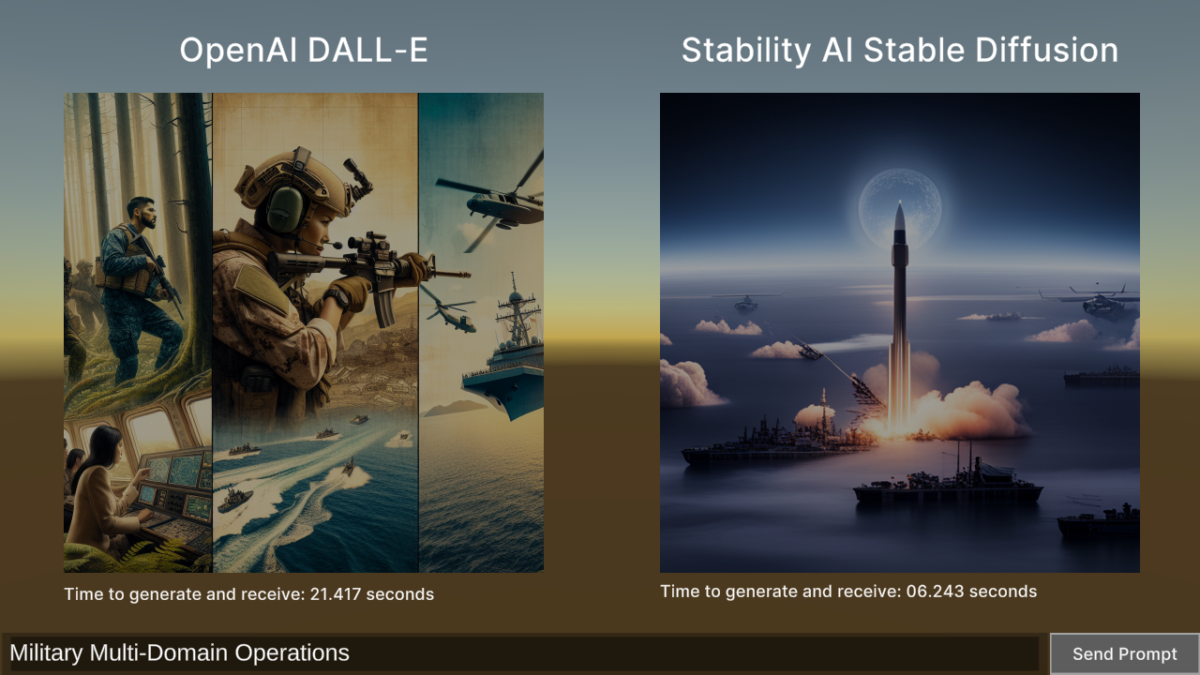
Demonstrates cloud-based text-to-image generative AI, comparing OpenAI DALL-E against Stability AI Stable Diffusion.
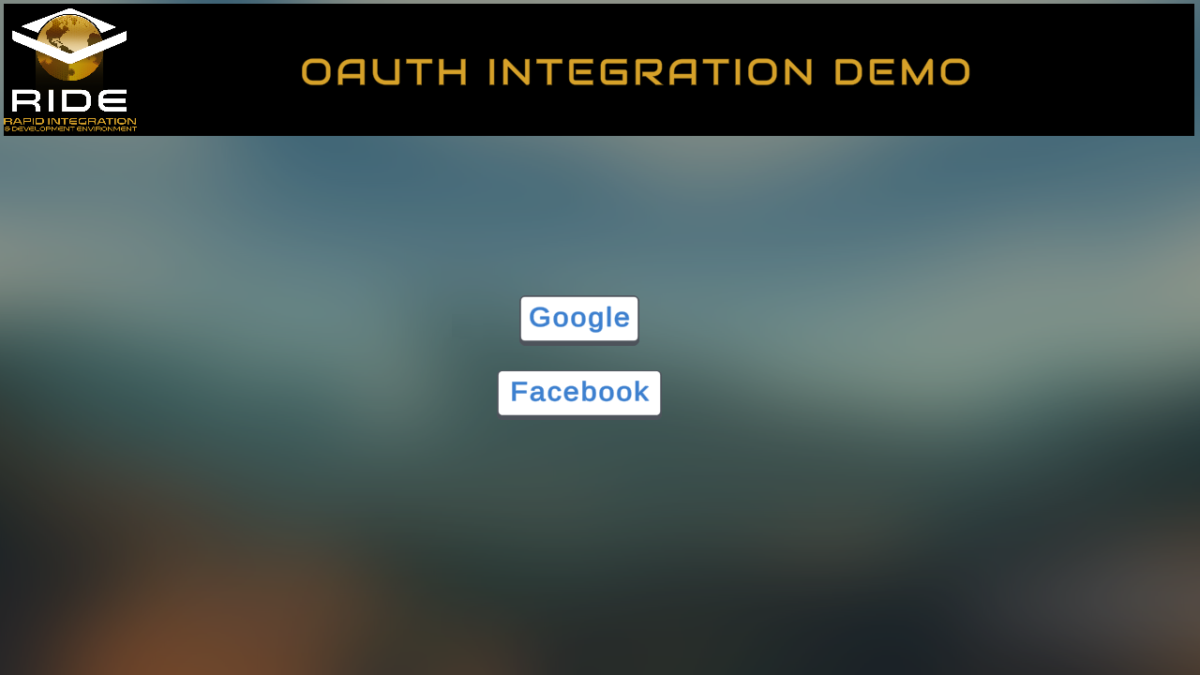
This example demonstrates how to use Google and Facebook OAuth authentication systems within RIDE.

Shows how to upload and download files from cloud services AWS S3 and Azure Blob.

Demonstrates how to spawn and move opposing agents.
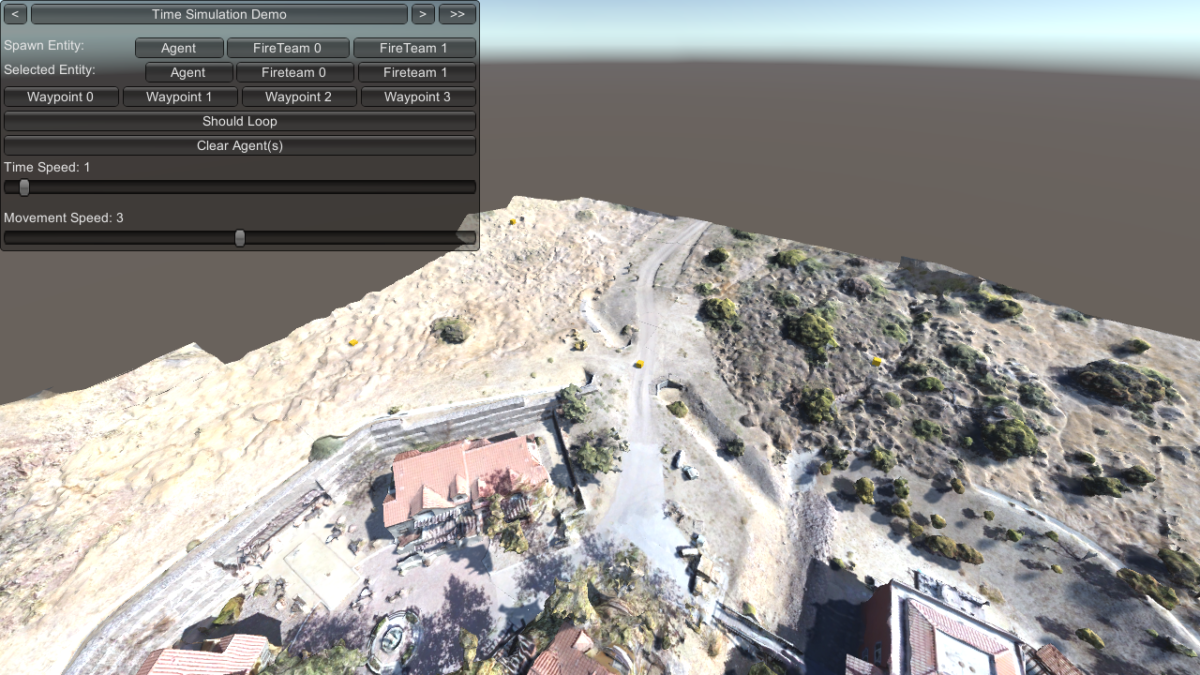
Demonstrates how to control simulation time speed and unit movement speed.
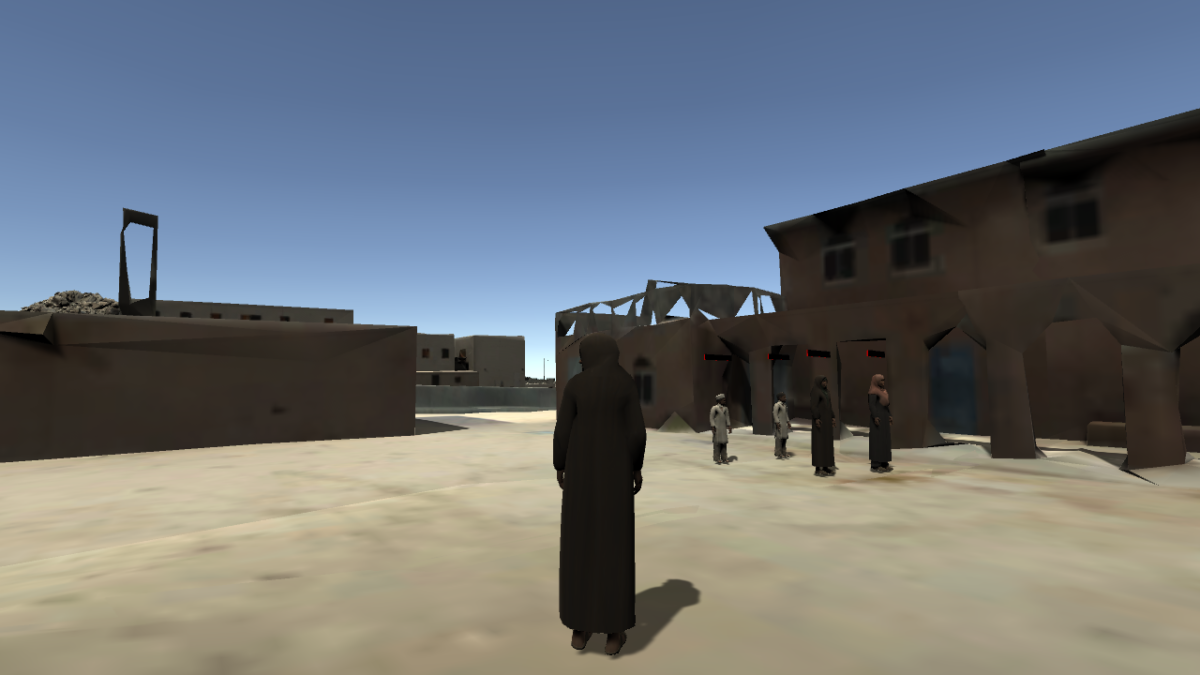
This example scene shows how to create an interactive tour around a terrain using scenario events and custom AI behaviors.
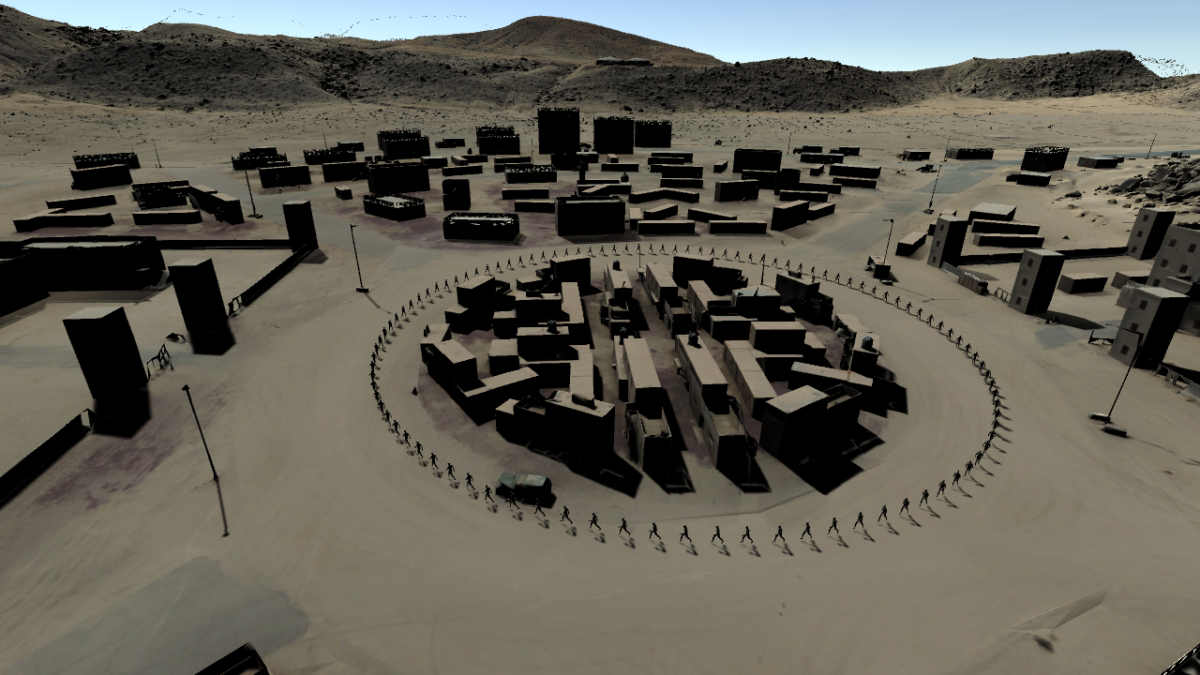
Configure a scalability test with generic in-game agents in real-time and record performance data locally and in the cloud for later analysis.
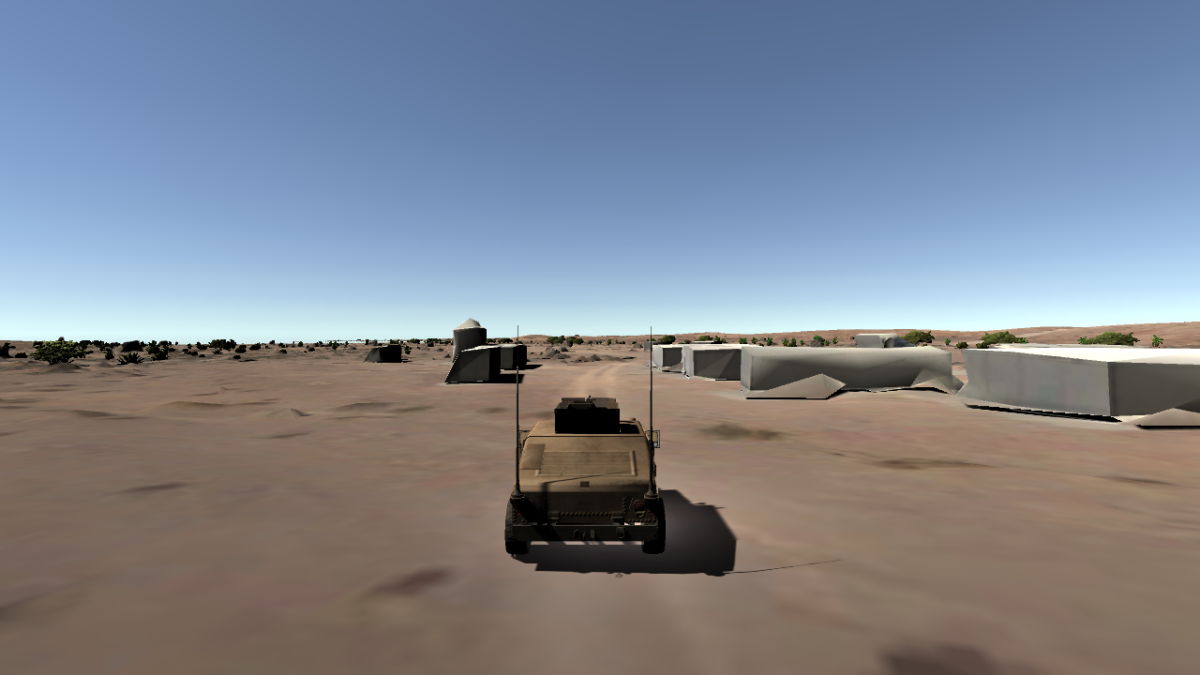
Navigate terrain maps with “drivable” vehicles through basic keyboard or gamepad input. Cycle multiple camera angles in and around the vehicle for observation of variables in the environment that affect physics of the vehicles. An overlay displays vehicle motion statistics in real-time.
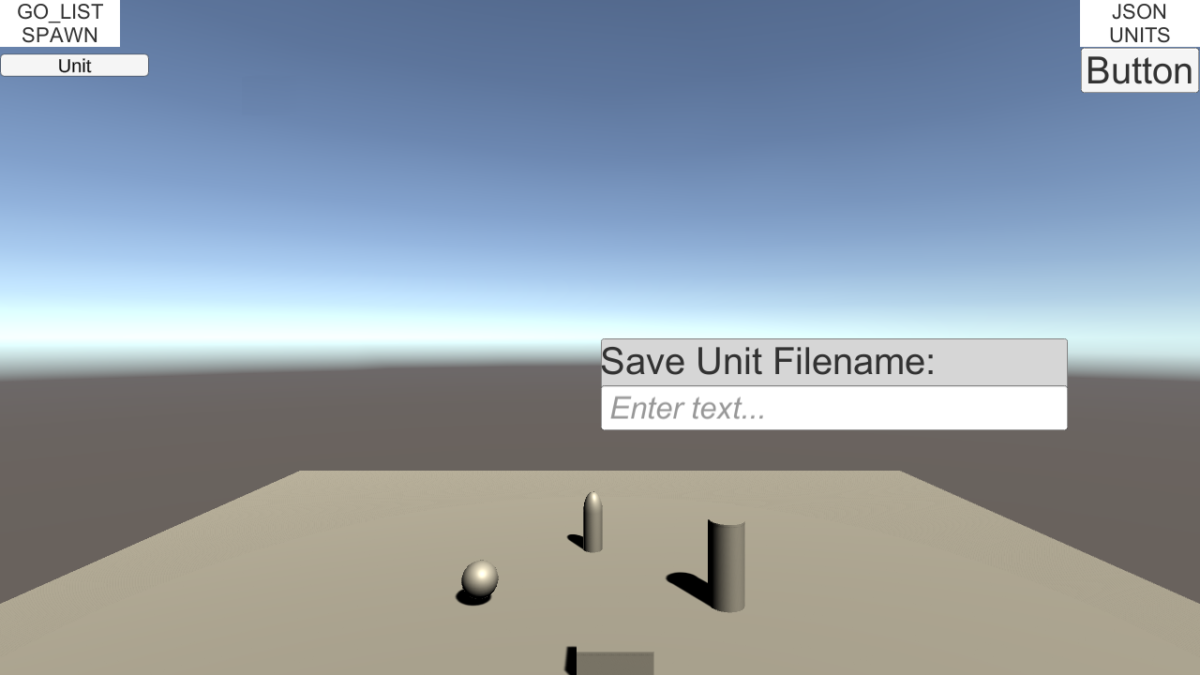
Save agents and/or groups for later retrieval, allowing them to be loaded into the scene via custom menus.